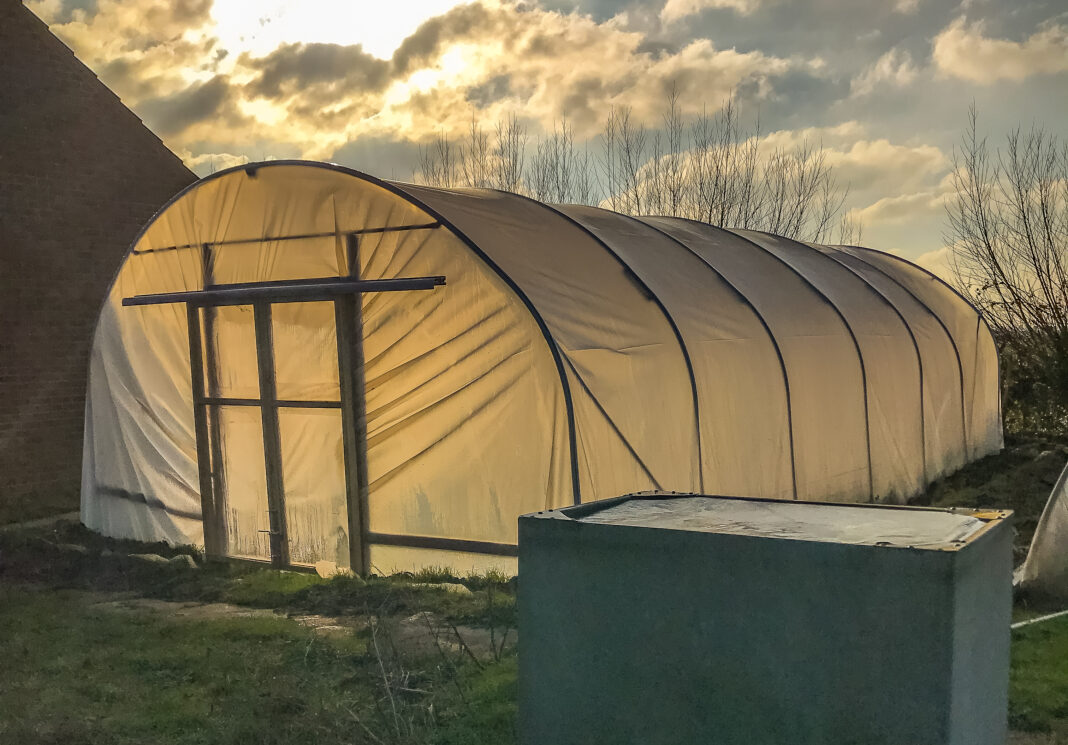Looking back at gardening, 2022 will be remembered for the summer drought, but we know in gardening no two years are the same. Each year I have a plan which ends up being a bit hit and miss – mother nature never follows the plan.
For me, I had the poorest crop of runner beans I had ever grown in July and August. When the runner beans were flowering there was no moisture in the form of rain or dewy night to set the flowers. The flowers being small, the bumble bees were unable to enter the front of the bloom to pollinate so they made a hole at the back of the flower to reach the nectar which meant the flower dropped off without producing a bean.
The soil being dry, I delayed sowing of some of the crop until September. They got off to a flier, but so did the weeds and the slugs and snails. Then we had a penetrating frost in December which decimated the spinach and checked the growth of the other crops I planted in September.
One way to beat mother nature is to have a plan you can stick to, and to have a polytunnel. Growing under cover extends the growing season extending your vegetable growing. A greenhouse can offer many of the same benefits, but polytunnels are less expensive and so you can afford a larger one. Unlike a greenhouse growing a few tomato plants in grow-bags and salad crops, a polytunnel is an extension to your vegetable garden.
When you step into your polytunnel, you realise that you are in a different climate from the world outside. Winter gardening enjoys the last of any summer crops, peppers, tomatoes and strawberries, until temperatures really fall. Other wintering plants will need extra protection covering, fleece or newspaper, at night in very cold frosty weather. In February, days are 90 minutes longer than midwinter, getting brighter too.
You can sow most vegetables a month earlier like potatoes, lettuce, radishes and peas. You can nurture bedding plants and seedlings. I’ve planted sweet peas in the autumn to flower in early spring and keeping the doors open encourages pollinating insects into the tunnel. The plants outside may be battered by wind and rain and wilted by frost, in the tunnel the growing season is well under way.
Image Credits: Dennis Leeds-George .



